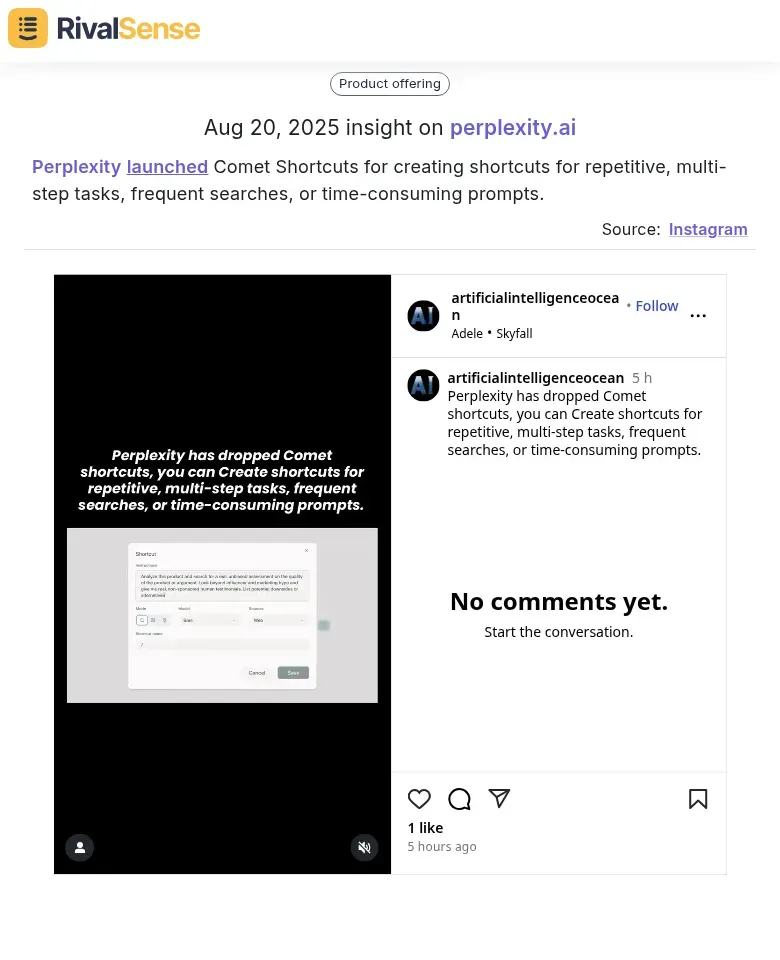Business Partnership Value Creation: A Practical Guide with Actionable Steps
In today's competitive business landscape, strategic partnerships have become essential drivers of growth and innovation. According to research by Austin and Seitanidi, collaborative value creation (CVC) represents the highest form of partnership evolution, where organizations move beyond transactional relationships to co-create significant economic, social, and environmental value.
Understanding the Collaborative Value Creation Framework
The CVC framework identifies four critical components for successful partnerships:
1. Value Creation Spectrum
Partnerships evolve through four stages:
- Philanthropic: One-way resource transfer
- Transactional: Simple exchanges with mutual benefit
- Integrative: Deep collaboration with shared processes
- Transformational: Co-creation of new value that benefits society
2. Partnership Processes
Successful partnerships require systematic approaches to:
- Formation: Assessing organizational fit and compatibility
- Selection: Choosing partners with complementary capabilities
- Implementation: Designing collaborative operations
- Institutionalization: Embedding partnership into organizational DNA
Practical Checklist for Partnership Success
Phase 1: Partnership Formation & Selection
✅ Assess Organizational Fit
- Evaluate mission alignment and shared values
- Identify complementary resources and capabilities
- Analyze previous partnership experiences
- Determine visibility and reputation compatibility
✅ Conduct Due Diligence
- Formal risk assessment (internal and external processes)
- Informal dialogue with stakeholders
- Intelligence gathering from previous partners
- Open discussions about expectations and benefits
Phase 2: Partnership Design & Implementation
✅ Establish Clear Structures
- Define partnership objectives and success metrics
- Create memorandum of understanding
- Set up governance and decision-making processes
- Establish communication protocols
✅ Develop Operational Framework
- Assign roles and responsibilities clearly
- Create feedback mechanisms and adaptation processes
- Implement trust-based governance
- Establish conflict resolution procedures
Phase 3: Value Creation & Measurement
✅ Track Multiple Value Types
- Associational Value: Brand reputation, credibility, visibility
- Transferred Value: Financial support, resources, volunteer capital
- Interaction Value: Learning, knowledge creation, network access
- Synergistic Value: Innovation, process improvements, systemic change
✅ Measure Across Multiple Levels
- Micro Level: Individual benefits (skills, satisfaction, relationships)
- Meso Level: Organizational benefits (performance, capabilities)
- Macro Level: Societal benefits (environmental, economic, social)
Real-World Examples of Partnership Value Creation
Starbucks & Conservation International
This transformational partnership demonstrates CVC in action:
- Resource Complementarity: Starbucks' market knowledge + CI's conservation expertise
- Value Co-creation: Higher-quality coffee + environmental conservation + farmer income increases
- Multi-level Impact: 40% income increase for farmers, habitat preservation, new industry standards
National Trust & Bloomsbury Publishing Collaboration

The National Trust's partnership with Bloomsbury Publishing to create a Halloween trail inspired by 'We're Going on a Ghost Hunt' shows how audience feedback can drive successful cultural partnerships. Tracking such cultural and event partnerships can reveal how competitors are leveraging customer insights to create engaging experiences that drive visitation and brand loyalty.
Leveraging Competitive Intelligence for Partnership Strategy
Monitoring competitor partnerships provides invaluable strategic insights. Understanding how competitors structure their collaborations can help you identify:
- Emerging market opportunities
- Potential partnership models to emulate
- Gaps in your own partnership strategy
- Industry trends in value creation approaches
Technology Partnership Insights

When Perplexity launched Comet Shortcuts for creating shortcuts for repetitive tasks, it demonstrated how product feature partnerships can enhance user experience and productivity. Tracking such technical partnerships helps you understand how competitors are integrating new functionalities that could impact market positioning and customer retention.
Strategic Leadership Appointments in Partnerships

When Northeast Georgia Health System's Georgia Heart Institute appointed Dr. Mudassar Ahmed as Chief Cardiology Officer, it signaled a strategic focus on strengthening their cardiovascular services. Monitoring key leadership changes like this helps identify which competitors are making serious investments in specific service areas, potentially indicating new partnership opportunities or competitive threats in specialized markets.
Actionable Tips for Immediate Implementation
-
Start with a Partnership Audit
- Map your current partnerships against the CVC spectrum
- Identify which relationships have transformational potential
- Assess resource complementarity with each partner
-
Create a Partnership Scorecard
- Track associational, transferred, interaction, and synergistic value
- Measure micro, meso, and macro level impacts
- Conduct quarterly value assessments
-
Implement Continuous Monitoring
- Use automated tools to track partnership performance
- Schedule regular partnership health checks
- Establish feedback loops for continuous improvement
-
Develop Exit Strategies
- Plan for partnership evolution or conclusion
- Define fair compensation and transition terms
- Document lessons learned for future partnerships
The Role of Technology in Modern Partnership Management
Modern partnership management requires sophisticated monitoring tools. Platforms that track competitor activities across websites, social media, and various registries can provide the intelligence needed to:
- Identify optimal partnership opportunities before competitors
- Avoid competitive threats through early detection
- Benchmark partnership performance against industry standards
- Stay ahead of market trends and emerging collaborations
Ready to enhance your partnership strategy? Try RivalSense for free to get automated competitor insights delivered weekly, including partnership announcements, product launches, and strategic moves. Get your first competitor report today and start making more informed partnership decisions.
Conclusion: Moving from Transactional to Transformational
Successful business partnerships today require moving beyond simple exchanges to collaborative value creation. By implementing the CVC framework, establishing clear processes, and leveraging competitive intelligence, organizations can create partnerships that deliver meaningful value at all levels—individual, organizational, and societal.
Remember: The most successful partnerships are those that continuously evolve, adapt, and create new value through collaborative innovation and shared commitment to mutual success.
📚 Read more
👉 Water Treatment Partnership ROI: Financial Analysis Case Study for Strategic Decision-Making
👉 Predictive Facebook Competitor Insights for Partnership ROI: From Reactive to Proactive Strategy
👉 Regulatory Competitor Monitoring: Your 2025 Cheat Sheet for Legal & Compliance Intelligence
